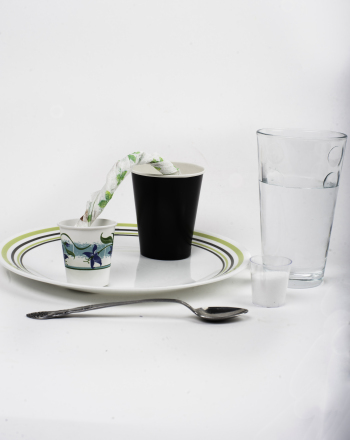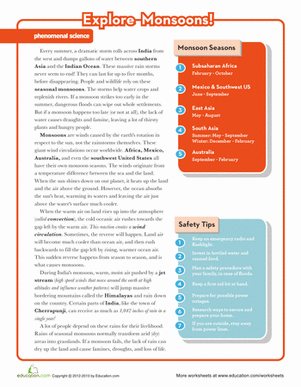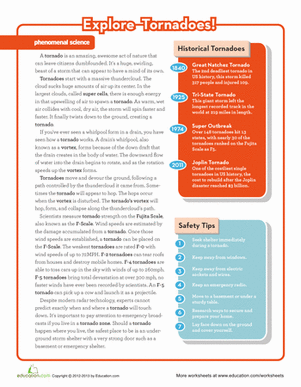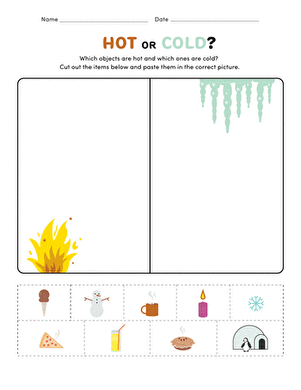Science project
The Science Behind a Cold Pack
Objective:
This science project explores endothermic reactions by comparing the temperature change that results from various chemicals added to water.
Research Questions:
- How do cold packs work?
- In chemistry, what happens during an endothermic reaction?
- Which substance cools off water the most: baking soda, sour salt, Morton Lite, washing soda, or a deicer?
Did you ever wonder what is inside of a cold pack? You can make a basic cold pack by mixing a salt (such as potassium chloride) or soda (such as baking soda) with water. Mixing the two creates a chemical reaction that uses up energy, which makes the mixture colder. You can see which substance cools off water the most by trying out this experiment.
Materials:
- Tap water
- Measuring cup
- Cup
- Sodium bicarbonate (baking soda)
- Citric acid (sour salt)
- Potassium chloride (Morton Lite)
- Sodium carbonate (washing soda)
- Calcium chloride (deicer)
Experimental Procedure:
1. Pour ½ cup of tap water into a cup.
2. Stir the cup with a thermometer and record the temperature.
3. Add four teaspoons of sodium bicarbonate to the water and stir with the thermometer. Record the resulting temperature.
4. Subtract the temperature from Step 2 from the temperature in Step 3. This will give you the change in temperature.
5. Record your data in a chart, such as the one below.
|
Chemical Added |
Original Temperature |
Final Temperature |
Temperature Change |
|
|
|
|
|
|
|
|
|
|
|
|
|
|
|
|
|
|
|
|
6. Wash the cup and thermometer and dry them well.
7. Repeat this process with the citric acid, potassium chloride, sodium carbonate, and calcium chloride. Record all data.
8. Analyze your data. Which of the substances would create the best cold pack?
Terms/Concepts: Endothermic reaction; Ions
References:
First Place Science Fair Projects for Inquisitive Kids, by Elizabeth Snoke Harris. Pp. 96-97.
Education.com provides the Science Fair Project Ideas for informational purposes only. Education.com does not make any guarantee or representation regarding the Science Fair Project Ideas and is not responsible or liable for any loss or damage, directly or indirectly, caused by your use of such information. By accessing the Science Fair Project Ideas, you waive and renounce any claims against Education.com that arise thereof. In addition, your access to Education.com's website and Science Fair Project Ideas is covered by Education.com's Privacy Policy and site Terms of Use, which include limitations on Education.com's liability.
Warning is hereby given that not all Project Ideas are appropriate for all individuals or in all circumstances. Implementation of any Science Project Idea should be undertaken only in appropriate settings and with appropriate parental or other supervision. Reading and following the safety precautions of all materials used in a project is the sole responsibility of each individual. For further information, consult your state's handbook of Science Safety.













